Designing printed circuit boards (PCBs) is a fascinating blend of creativity and technical precision. Whether you’re a student working on your first project, a hobbyist building gadgets at home, or a professional designing cutting-edge electronics, the right PCB design software can make all the difference. But with so many options available, how do you choose the best one for your needs?
This guide will walk you through the top PCB design tools, helping you pick the perfect software based on your skill level, project requirements, and budget. Let’s get started!
Why Choosing the Right PCB Design Software Matters
The right tool can streamline your workflow, save time, and help you create better designs. Here’s what to consider when choosing PCB design software:
- Ease of Use: Beginners need intuitive interfaces, while professionals require advanced features.
- Features: Look for schematic capture, PCB layout, 3D visualization, and simulation tools.
- Cost: Free or low-cost options are great for learners, while professionals may need premium tools.
- Industry Fit: Some tools are tailored for specific industries, like automotive or aerospace.
Best PCB Design Software for Students and Beginners
1. KiCad
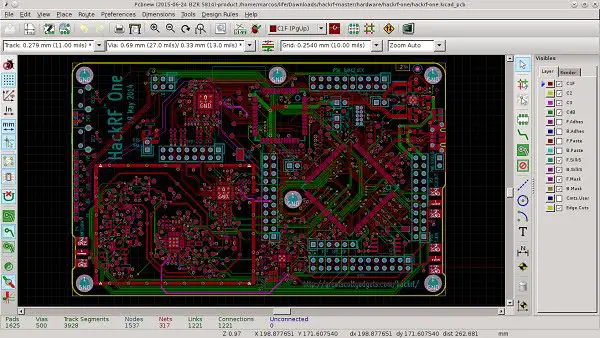
- Why It’s Great: KiCad is a free, open-source tool that’s perfect for students and beginners. It’s packed with features and has a supportive community.
- Key Features:
- Schematic capture and PCB layout
- 3D visualization to see your design in 3D
- Cross-platform support (Windows, Mac, Linux)
- Extensive libraries and community resources
- Best For: Learning PCB design, academic projects, and small personal projects.
2. EasyEDA
- Why It’s Great: EasyEDA is a cloud-based tool that’s simple to use and accessible from any device. It’s ideal for beginners working on small projects.
- Key Features:
- No installation required—just open it in your browser
- Schematic capture and PCB layout
- Integration with PCB manufacturing services for quick prototyping
- Free version available
- Best For: Hobbyists and students who want a quick and easy way to design PCBs.
3. Eagle
- Why It’s Great: Eagle offers a free version for small projects and is widely used in the maker community. It’s beginner-friendly and integrates with Autodesk Fusion 360 for mechanical design.
- Key Features:
- Free version for small designs
- 3D visualization to check your design
- Easy-to-learn interface
- Extensive component libraries
- Best For: Hobbyists and students working on small to medium-sized projects.
Best PCB Design Software for Hobbyists and Makers
4. DipTrace
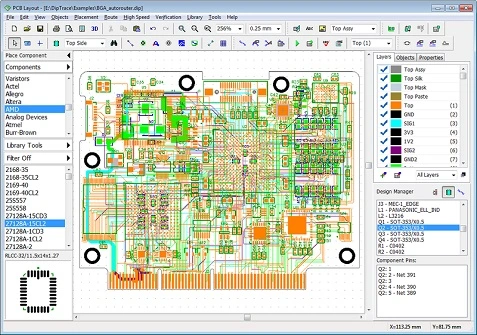
- Why It’s Great: DipTrace strikes a balance between ease of use and powerful features, making it a favorite among hobbyists and makers.
- Key Features:
- Intuitive interface that’s easy to learn
- Schematic capture, PCB layout, and 3D visualization
- Auto-router and manual routing options
- Affordable pricing for advanced features
- Best For: Hobbyists and makers working on personal projects or small-scale designs.
5. Target 3001
- Why It’s Great: Target 3001 offers a free version and supports both simple and complex designs, making it a versatile choice for hobbyists.
- Key Features:
- Free version available
- 3D visualization to see your design in action
- Flexible design tools for experimenting
- Simulation capabilities for testing your designs
- Best For: Hobbyists who want a flexible tool for experimenting with PCB designs.
6. Proteus
- Why It’s Great: Proteus is unique because it combines PCB design with microcontroller simulation, making it ideal for embedded systems projects.
- Key Features:
- Microcontroller simulation for testing your code
- Schematic capture and PCB layout
- 3D visualization to check your design
- Extensive libraries for components and simulation models
- Best For: Hobbyists and students working on microcontroller-based projects.
Best PCB Design Software for Professionals and Small Businesses
7. CircuitStudio
- Why It’s Great: Developed by Altium, CircuitStudio offers professional-grade features at a lower cost, making it ideal for small businesses and independent designers.
- Key Features:
- Schematic capture and PCB layout
- 3D visualization for real-time design feedback
- Component management for organizing your parts
- Integration with Altium Designer for advanced projects
- Best For: Small businesses and professionals needing a cost-effective, professional tool.
8. CADSTAR
- Why It’s Great: CADSTAR is a powerful yet user-friendly tool that’s perfect for professionals who need robust design capabilities.
- Key Features:
- Schematic capture and PCB layout
- 3D visualization for design review
- Simulation tools for testing your designs
- Extensive component libraries
- Best For: Professionals working on medium to complex designs.
9. Altium Designer
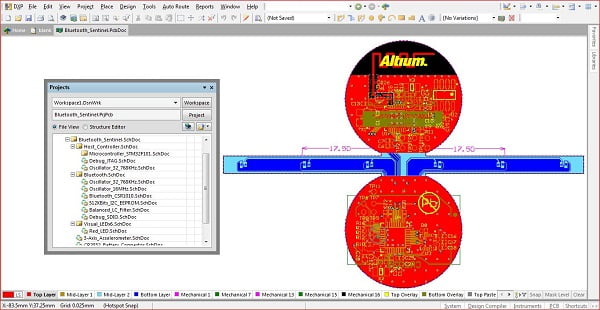
- Why It’s Great: Altium Designer is the gold standard for high-end PCB design, offering advanced features for complex projects.
- Key Features:
- Advanced schematic capture and PCB layout
- Real-time 3D visualization for design review
- Signal integrity analysis for high-performance designs
- Integration with other engineering tools
- Best For: Professionals working on high-end, complex designs in industries like telecommunications and automotive.
Best PCB Design Software for Enterprise-Level Projects
10. Allegro

- Why It’s Great: Allegro is a high-end tool designed for large-scale, high-speed PCB designs, making it ideal for enterprise-level projects.
- Key Features:
- Advanced signal integrity analysis
- 3D visualization for design review
- Support for multi-layer, high-density designs
- Collaboration features for team-based projects
- Best For: Large enterprises working on complex, high-performance designs.
11. PADS
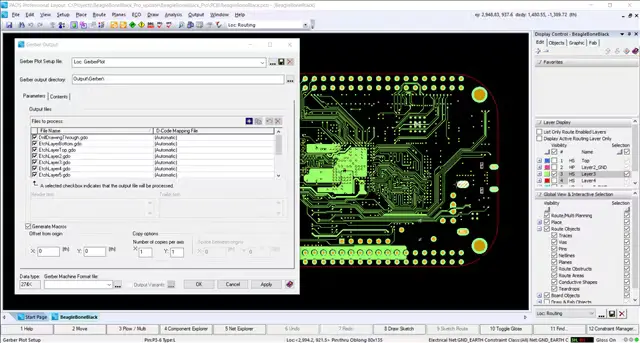
- Why It’s Great: PADS is a professional-grade tool used in industries like aerospace and automotive for complex, multi-layer designs.
- Key Features:
- Advanced simulation and analysis tools
- 3D visualization for design review
- Component libraries for organizing your parts
- Multi-layer design support for complex projects
- Best For: Professionals in high-performance industries.
12. CR-8000
- Why It’s Great: CR-8000 is a comprehensive tool for high-end, multi-layer designs, offering excellent simulation and 3D visualization features.
- Key Features:
- Multi-layer design support
- High-performance simulation tools
- 3D visualization for design review
- Collaboration tools for large teams
- Best For: High-end industries requiring complex, multi-layer designs.
Best PCB Design Software for Mechanical Integration
13. SolidWorks PCB
- Why It’s Great: SolidWorks PCB integrates PCB design with mechanical design, enabling seamless collaboration between electrical and mechanical engineers.
- Key Features:
- Mechanical CAD integration for 3D modeling
- 3D visualization for design review
- Schematic capture and PCB layout
- Collaboration tools for team projects
- Best For: Projects requiring close integration between electrical and mechanical components.
14. Xpedition
- Why It’s Great: Xpedition is a high-end tool designed for complex, large-scale projects, offering advanced simulation and 3D visualization.
- Key Features:
- Advanced simulation tools for testing your designs
- 3D visualization for design review
- Integration with enterprise systems
- Support for multi-layer, high-density designs
- Best For: Enterprise-level professionals working on high-speed, complex designs.
How to Choose the Right PCB Design Software
- Define Your Needs: Are you a student, hobbyist, or professional? What’s your budget?
- Evaluate Features: Look for tools with the features you need, such as 3D visualization or simulation.
- Consider Ease of Use: Beginners should prioritize user-friendly interfaces.
- Check Industry Compatibility: Some tools are tailored for specific industries.
- Try Before You Buy: Many tools offer free versions or trials, so test them out before committing.
Final Thoughts
Whether you’re just starting out or working on high-end projects, there’s a PCB design tool that’s perfect for you. Beginners should explore free or affordable options like KiCad or EasyEDA, while professionals can dive into advanced tools like Altium Designer or Allegro. By choosing the right software, you’ll not only streamline your design process but also bring your electronic projects to life with confidence.
So, what are you waiting for? Pick a tool, start designing, and let your creativity shine!
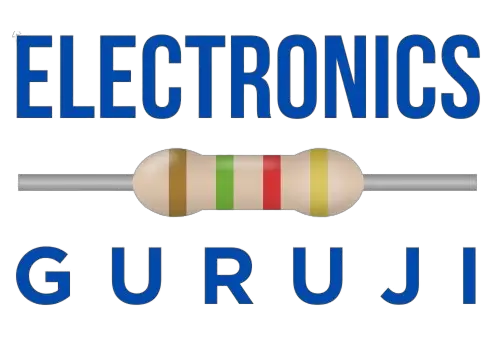

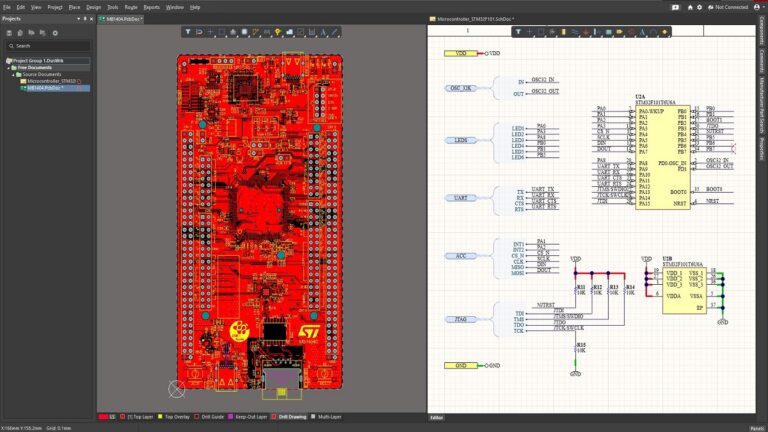




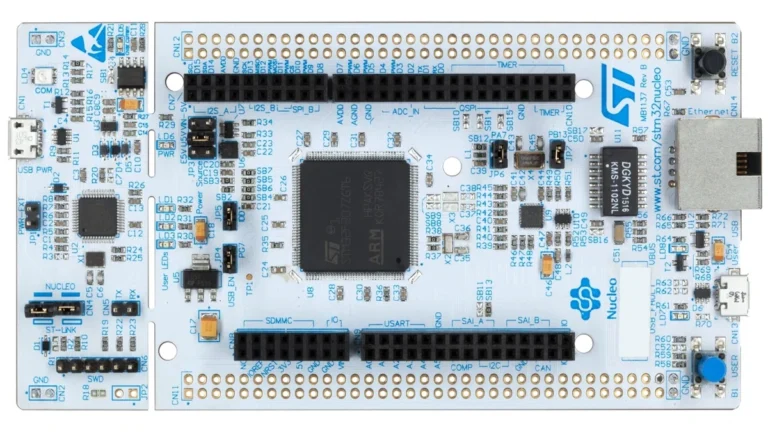
This is very useful. Thanks a lot.
It is good to know that you found it useful. Best wishes.